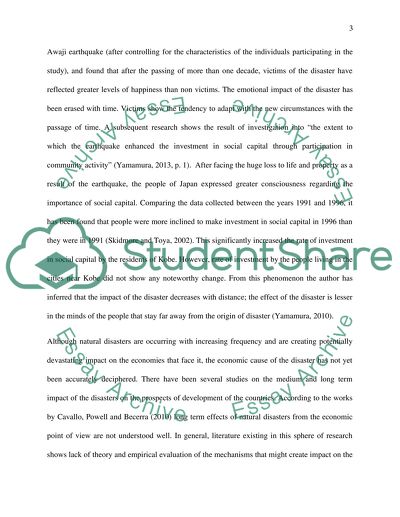Cite this document
(“Natural Disaster and Economic Growth Essay Example | Topics and Well Written Essays - 1250 words”, n.d.)
Natural Disaster and Economic Growth Essay Example | Topics and Well Written Essays - 1250 words. Retrieved from https://studentshare.org/macro-microeconomics/1485070-natural-disaster-and-economic-growth
Natural Disaster and Economic Growth Essay Example | Topics and Well Written Essays - 1250 words. Retrieved from https://studentshare.org/macro-microeconomics/1485070-natural-disaster-and-economic-growth
(Natural Disaster and Economic Growth Essay Example | Topics and Well Written Essays - 1250 Words)
Natural Disaster and Economic Growth Essay Example | Topics and Well Written Essays - 1250 Words. https://studentshare.org/macro-microeconomics/1485070-natural-disaster-and-economic-growth.
Natural Disaster and Economic Growth Essay Example | Topics and Well Written Essays - 1250 Words. https://studentshare.org/macro-microeconomics/1485070-natural-disaster-and-economic-growth.
“Natural Disaster and Economic Growth Essay Example | Topics and Well Written Essays - 1250 Words”, n.d. https://studentshare.org/macro-microeconomics/1485070-natural-disaster-and-economic-growth.


